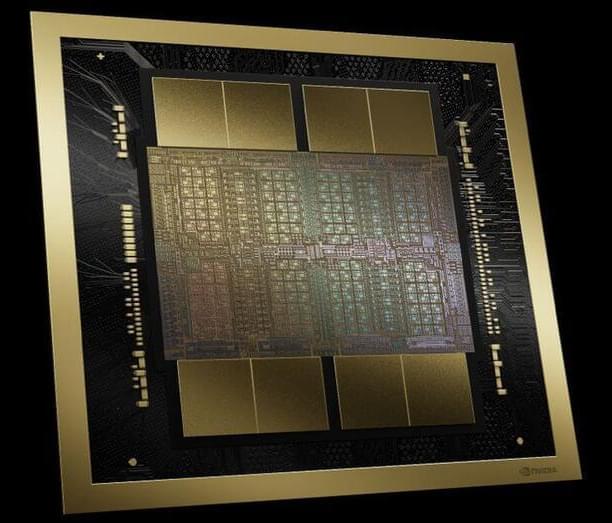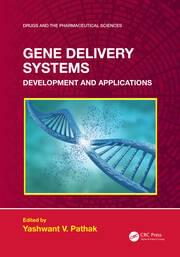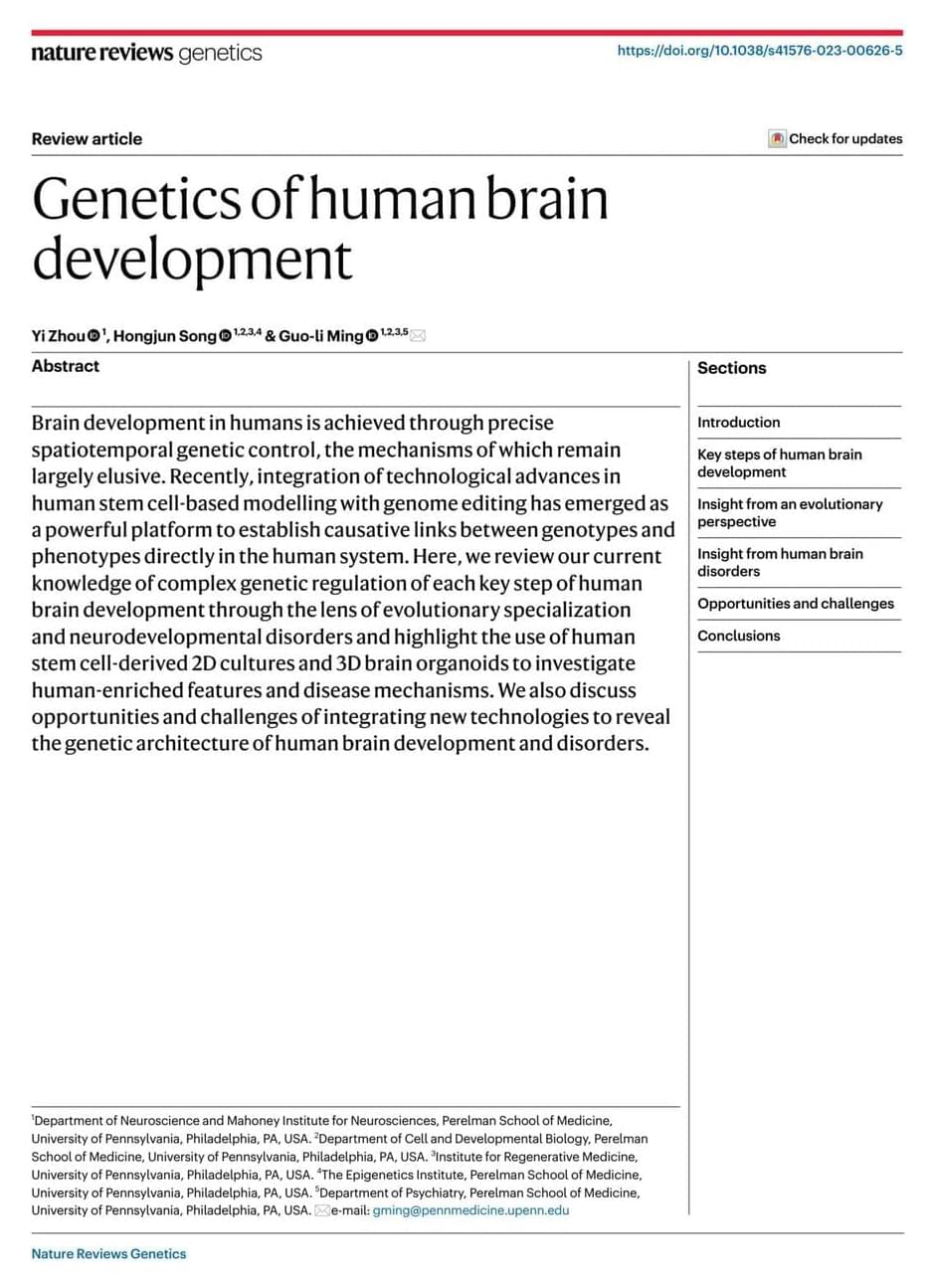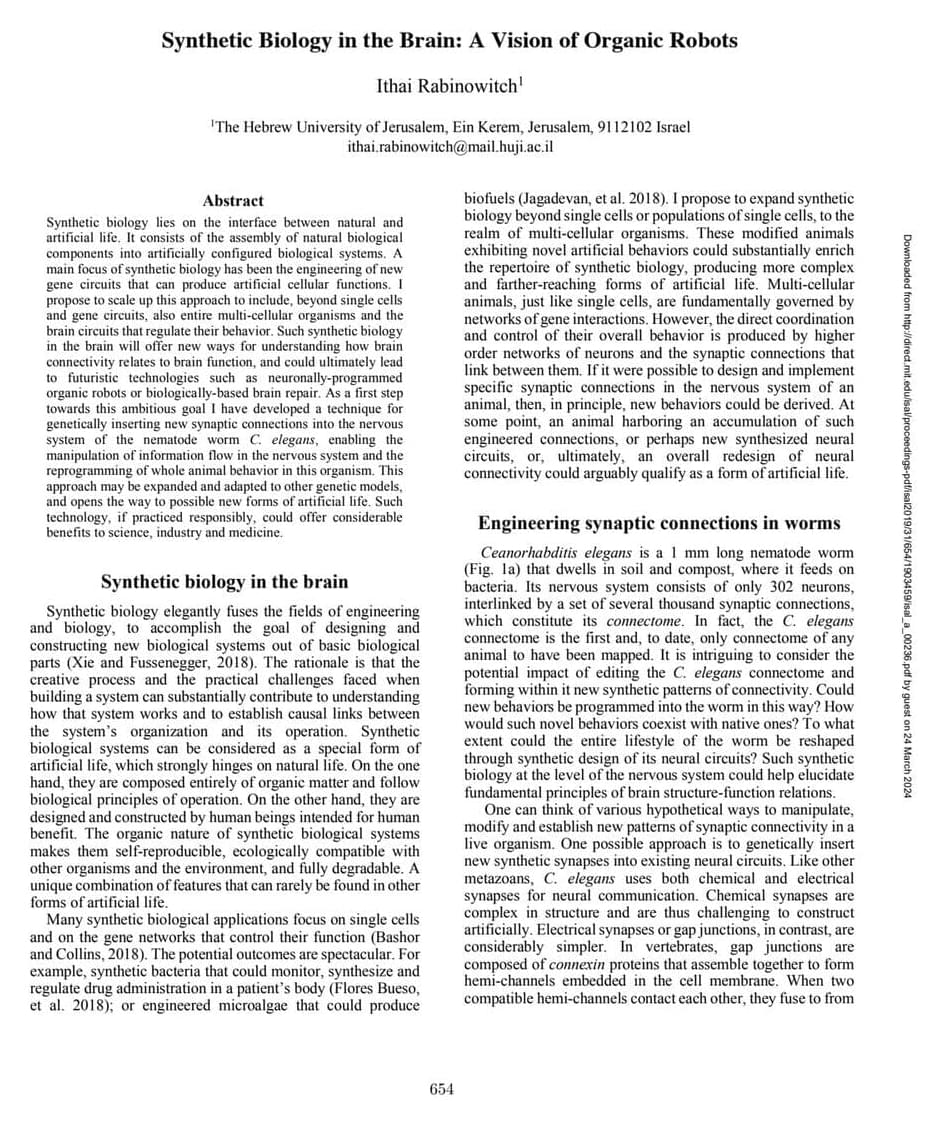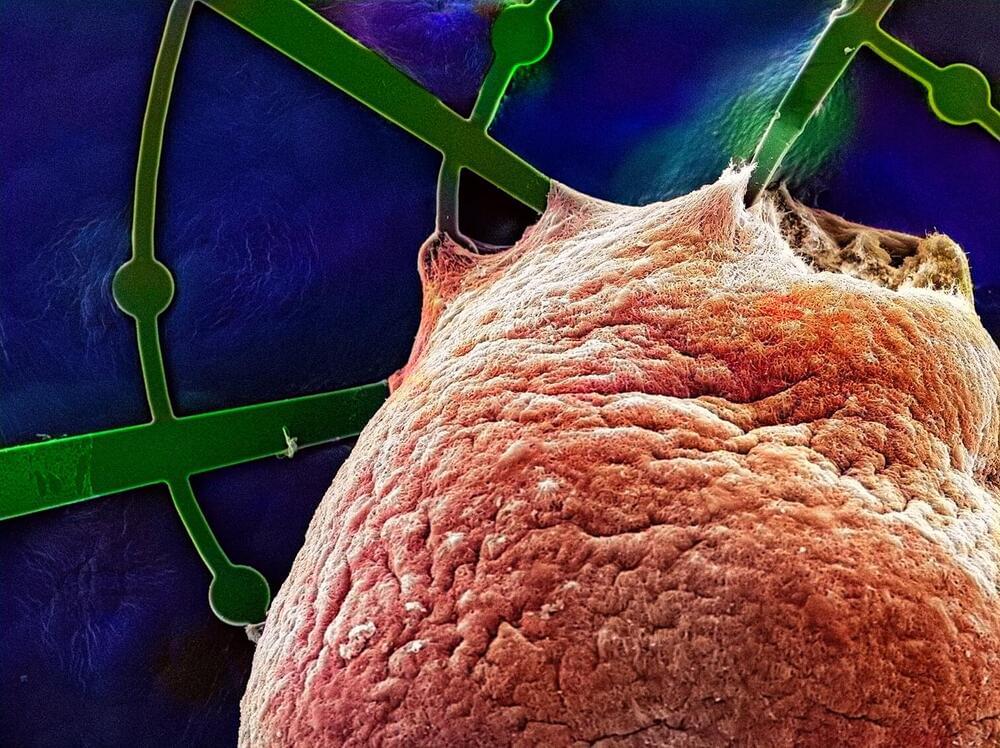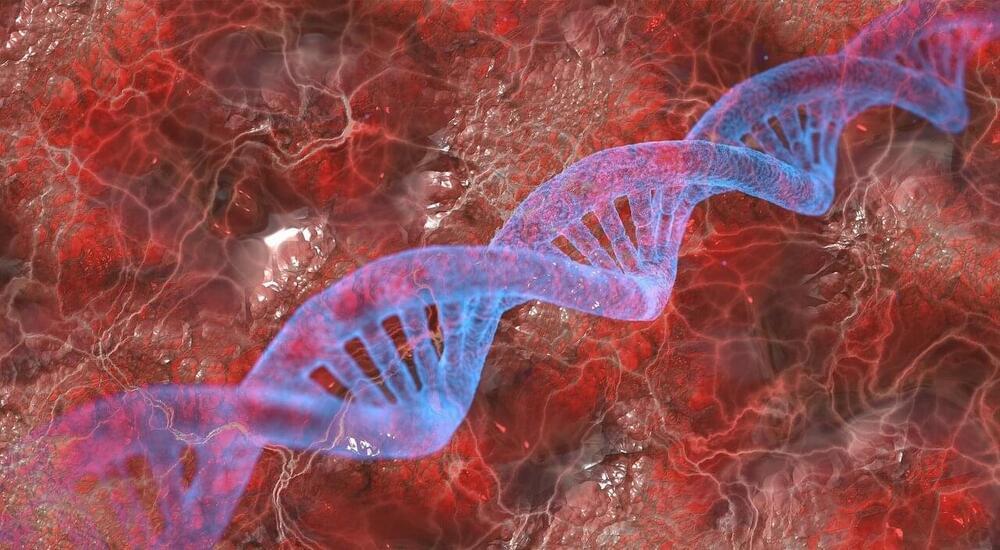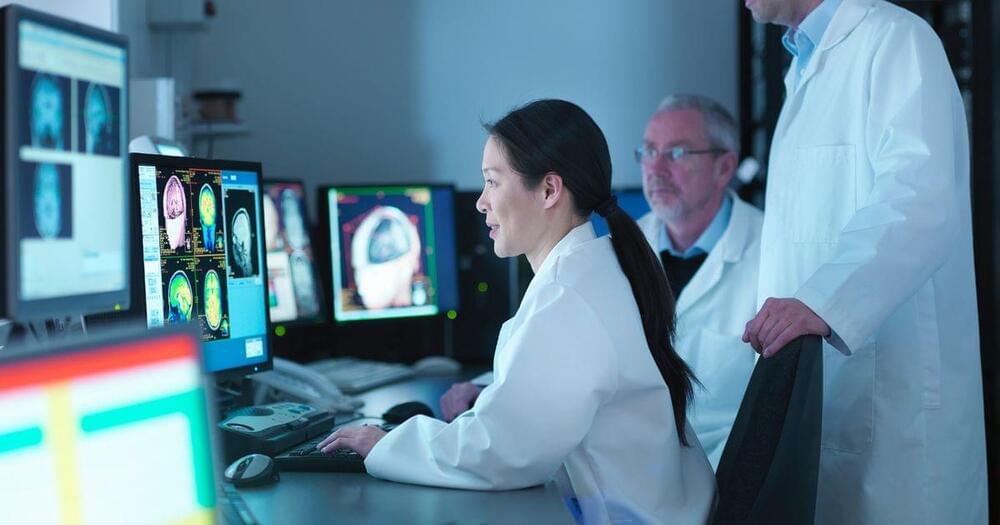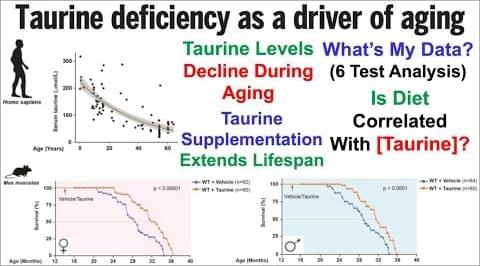Mar 24, 2024
Vast Implications — Scientists Develop Novel Technique To Form Human Artificial Chromosomes
Posted by Quinn Sena in categories: biotech/medical, innovation
Artificial human chromosomes that function within human cells hold the potential to revolutionize gene therapies, including treatments for certain cancers, and have numerous laboratory uses. However, significant technical challenges have impeded their progress.
Now a team led by researchers at the Perelman School of Medicine at the University of Pennsylvania has made a significant breakthrough in this field that effectively bypasses a common stumbling block.
In a study recently published in Science, the researchers explained how they devised an efficient technique for making HACs from single, long constructs of designer DNA. Prior methods for making HACs have been limited by the fact that the DNA constructs used to make them tend to join together—“multimerize”—in unpredictably long series and with unpredictable rearrangements. The new method allows HACs to be crafted more quickly and precisely, which, in turn, will directly speed up the rate at which DNA research can be done. In time, with an effective delivery system, this technique could lead to better-engineered cell therapies for diseases like cancer.

